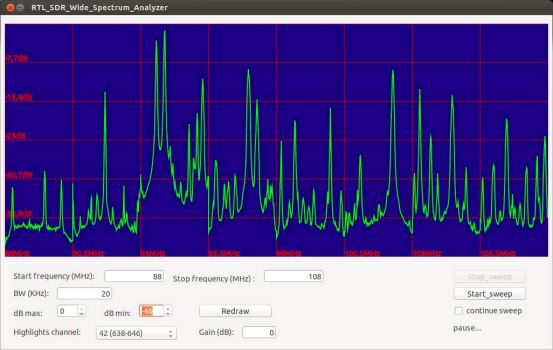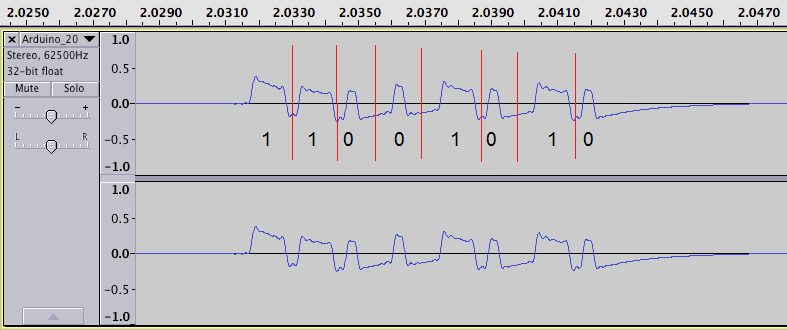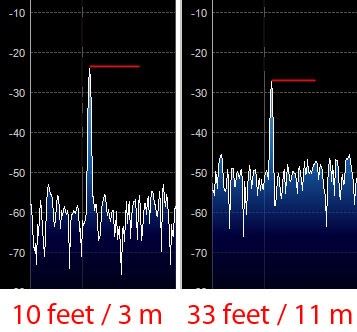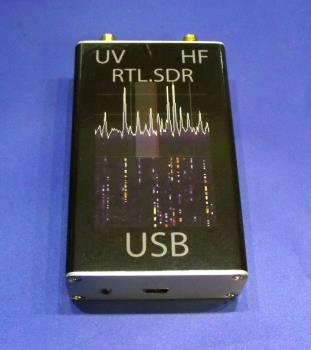Decoding HOT, EOT & DPU Train Data
On YouTube user Curt Rowlett has uploaded a video showing how he was able to decode HOT, EOT & DPU signals from trains using an RTL-SDR. Head of Train (HOT) and End of Train (EOT) signals are used on trains to transmit telemetry data such as brake line pressure and monitor accidental separation of the train. Distributed Power Unit (DPU) signals are control signals that are used to control remote DPU’s on long trains. DPU’s are locomotives which are placed in the middle or rear of a train to help more evenly distribute pushing and pulling power over the entire train.
Curt used the SoftEOT and SoftDPU software programs to monitor and decode these signals. This software can be downloaded from the softEOT Yahoo! Group after requesting and being accepted into membership.
HOT signals can be found on 452.9375 MHz, EOT signals on 457.9375 MHz and DPU signals on 457.9250 MHz.




